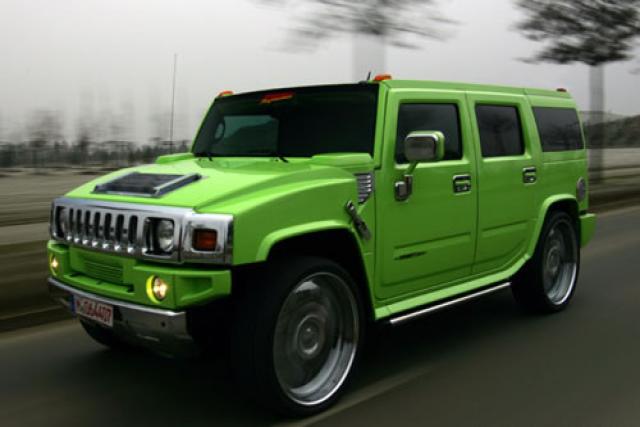Want to be green? Look to your product.
 We’re starting to come to terms with the green revolution; we’re staring to realize that green is good for our planet and even better for our business. But how do we put greenwashing behind us and truly make a difference?
We’re starting to come to terms with the green revolution; we’re staring to realize that green is good for our planet and even better for our business. But how do we put greenwashing behind us and truly make a difference?
To improve recyling, find the non-recyclable stuff in your product and design it out. Make a Pareto chart of non-recyclable stuff (by weight) by major subassembly, and focus the design effort on the biggest brown bars of the Pareto. (Consider packaging a major subassembly and give it its own bar.)
To improve carbon footprint of logistics, find the weight and volume of your product and design out the biggest and heaviest. Make a Pareto chart of weight by major subassembly, and focus the design effort on the heaviest brown bars. Make a Pareto chart of volume by major subassembly, (Make cube around the subassembly and calculate volume in mm3.) and focus the design effort on the biggest bars. (Don’t forget the packaging.)
To improve energy efficiency of your factory, find electricity consumption and design it out. Make a Pareto chart of electricity consumption by major process step then map it to the product – to the element of the product that creates the need for electricity, and focus the design effort on the biggest bars.
Going forward, here are some thoughts to help grow your business with green (and save the planet):
- It’s easier to design out brown than to design in green.
- To design out brown, you’ve got to know where it is.
- The product creates brown – look to the product to eliminate it.
 Mike Shipulski
Mike Shipulski
Some good points!
Another aspect to “green” design is lifecycle. Providing repairability is also smart.
With respect to lifecycle, I have a design for a mechanical assembly that would replace an electromechanical system. The design allows for maintenance and repairability. Following maintenance, this system can operate for approximately 200 years ( assuming we still have standard ball bearings ). When we compare lifecycle against the electromechanical equivalent, the mechanical design lasts 6 times longer and uses no custom electronics.
So, another way to think of my design versus the “less green” design is that it uses powers of magnitudes of less materials and manufacturing energy, but, more importantly, will not be obsolete in 10-20 years.
For some of my designs, I use PTC ( an older version ) where I can optimize my mm3 of material against design goals. Mutli-variable analysis for each component. An optimized design is also another green goal!
Thanks for the tips.
We often limit our green to thinking to the now – to product launch. Your lifecycle idea is an improvement, but requires a lon longer me horizon. We’ve got to work on that.
I like this point of view. Everyone has been working to (and legislated to) reduce their factory emissions for a long time now, but we still have ridiculous amounts of packaging on consumer products. Designing out waste and planned obsolescence, especially in our annually updated electronic devices is an important step toward preventing overflowing landfills. The innovation of online streaming movies and music is doing wonders toward reducing the number of discs and cases that end up in the trash every year. Good article.